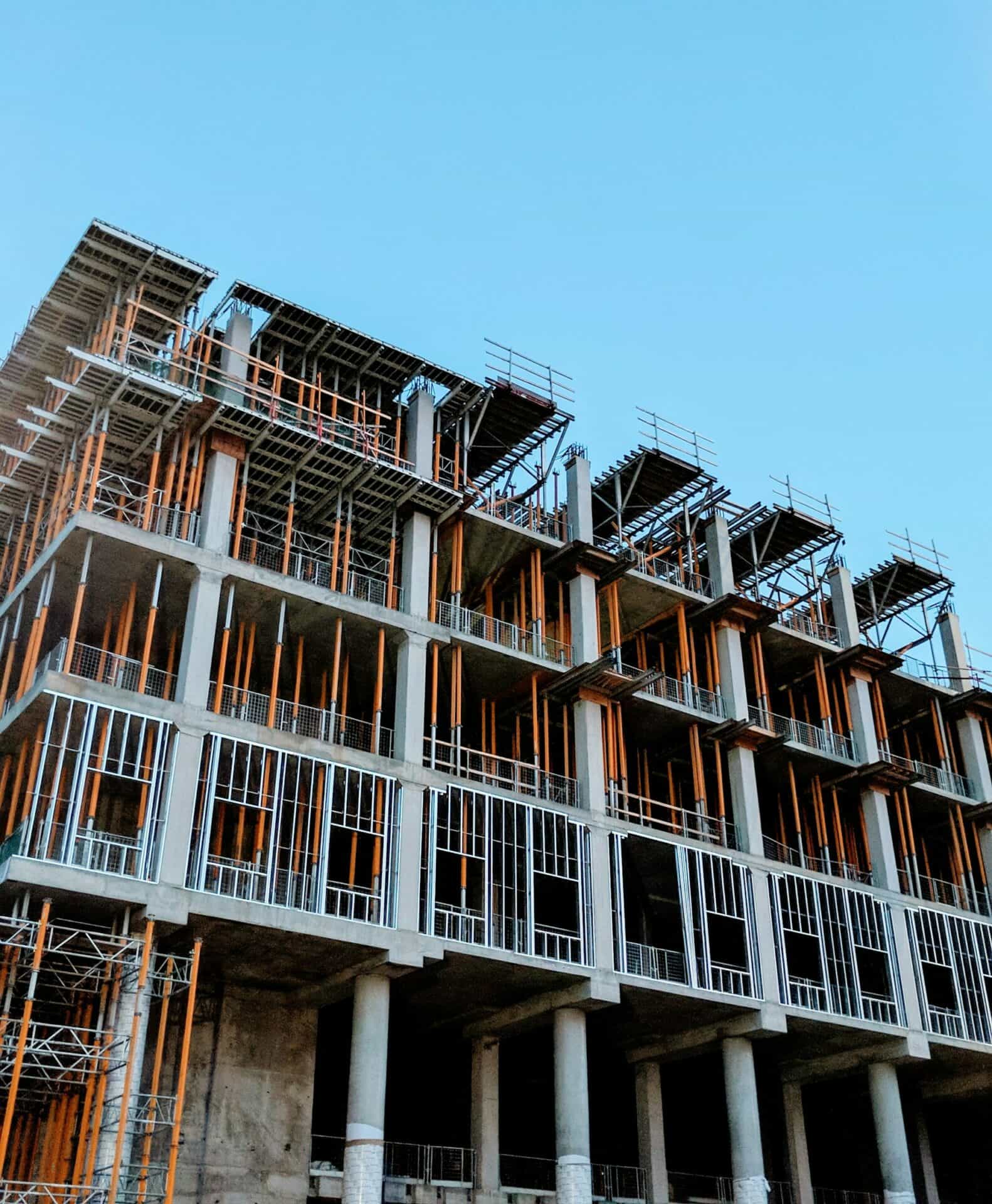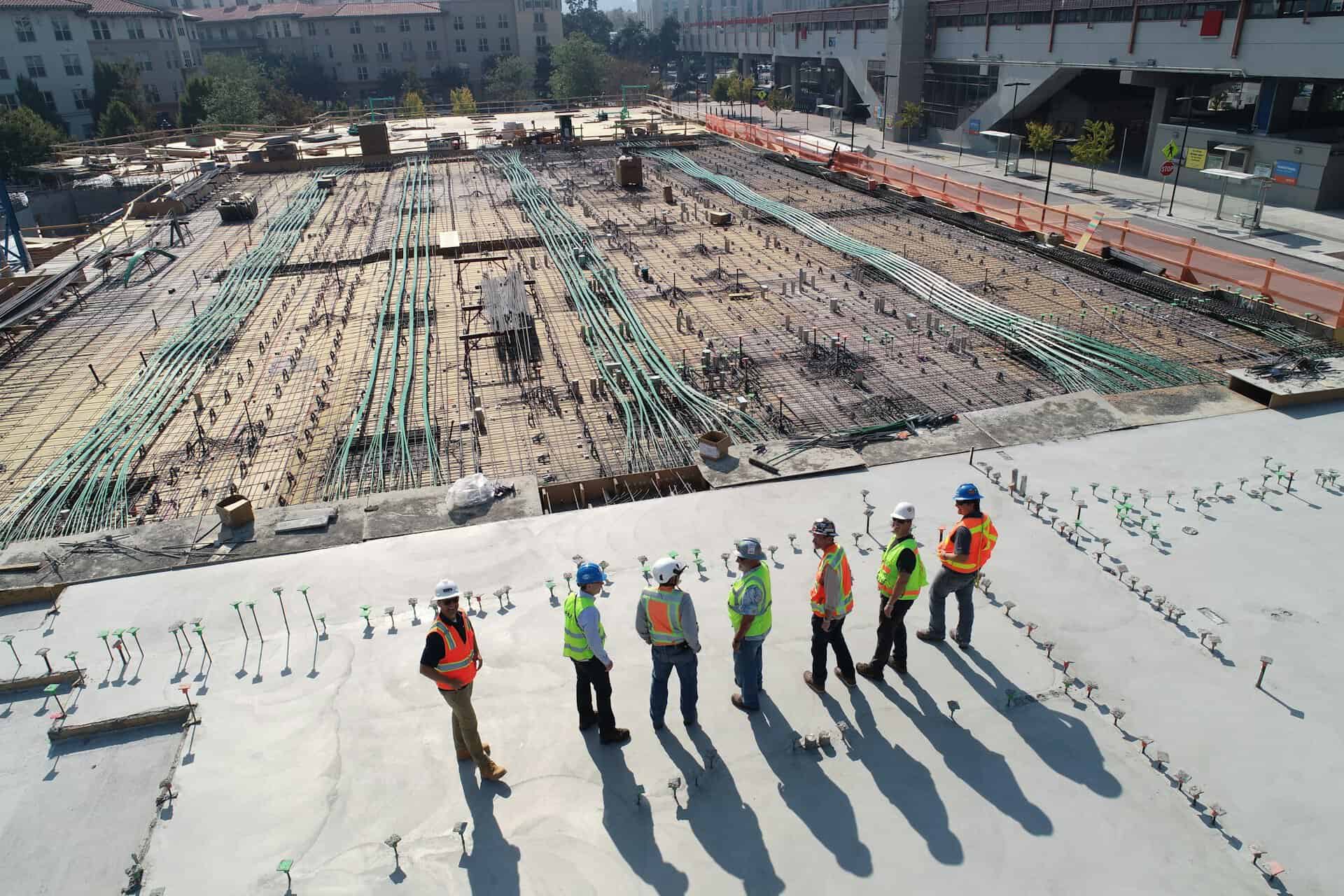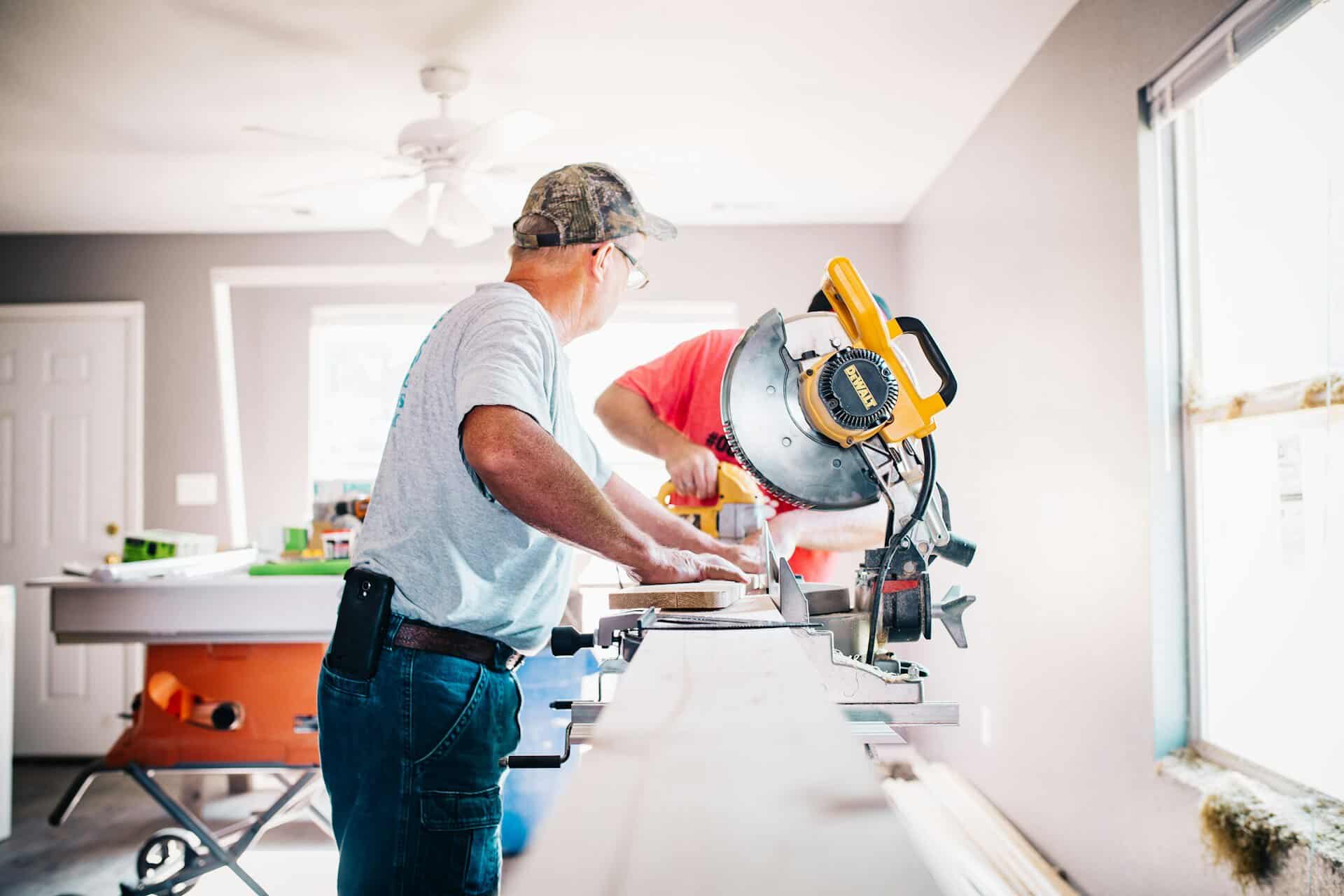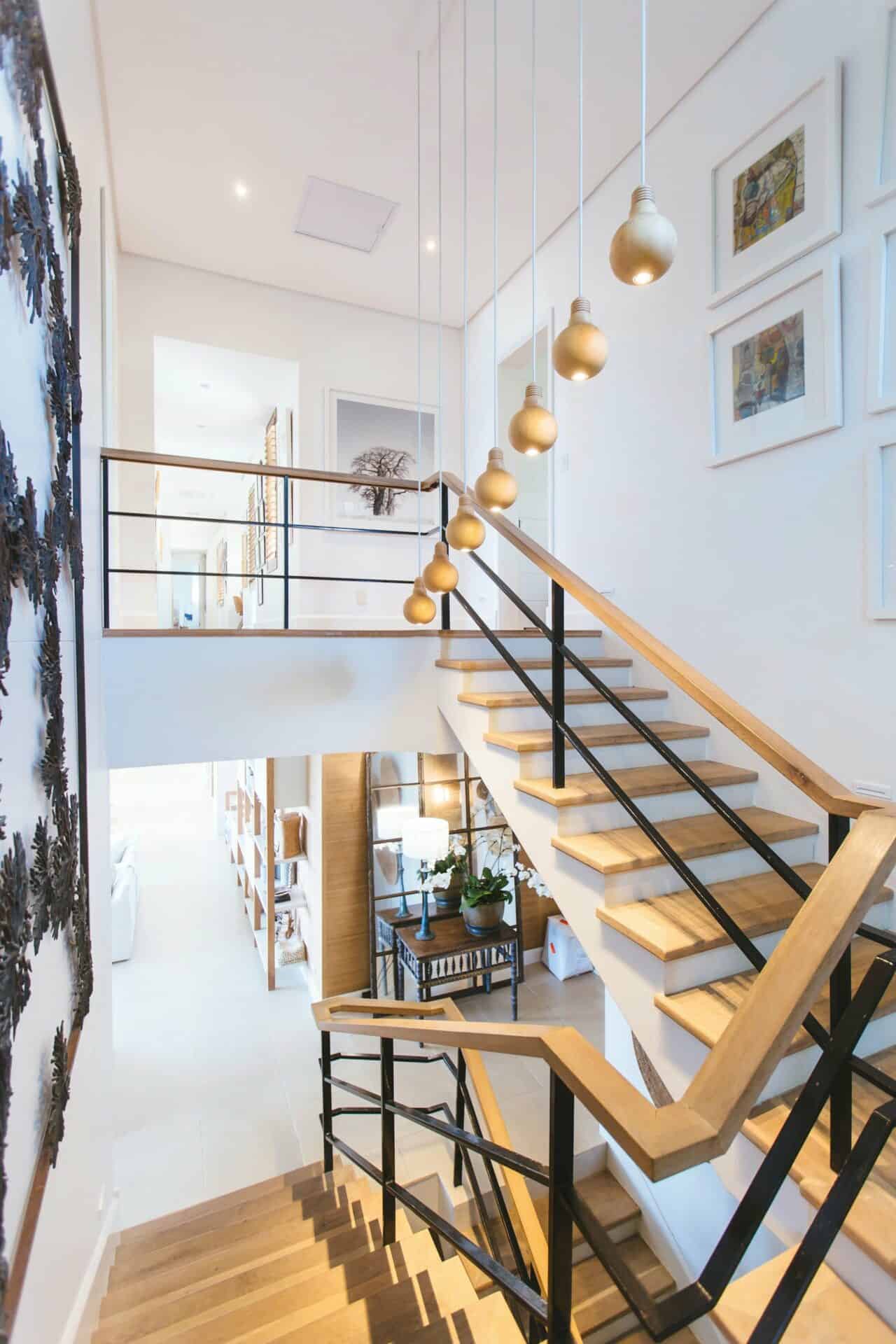As a first-time property investor, I’m sure you’ve heard that tax depreciation deductions and specifically Capital Works Deductions are typically one of the largest tax deductions you can claim as a property investor in Australia.
But it can be quite overwhelming navigating through the different claimable tax depreciation deductions.
For example, you may know that there are two different depreciation methods, but you aren’t sure if it’s best to use the diminishing value method or the prime cost method.
You know that there are several types of assets that you can claim depreciation deductions on, but are they capital works assets or are they classified as plant and equipment?
And, how is the effective life different for all these assets?
This article aims to help you navigate through all these questions and equip you with everything you need to know about a capital works deduction and how it influences your construction cost.
What Is Property Tax Depreciation?
Property tax depreciation is a concept that every property investor should be familiar with. As a building ages, its structure and the depreciating assets within it are subject to general wear and tear, leading to a decrease in value or depreciation.
The Australian Tax Office (ATO) allows property investors who generate income from their properties to claim the depreciation as a tax deduction.
There are two main types of depreciation deductions for property investors: capital works and plant and equipment depreciation.
Plant and Equipment
Also known as Division 40, “plant and equipment” refers to the fixtures and fittings that are found within the building. These are generally known as easily removable assets and include items such as carpets and air conditioning units.
Capital Works
Also referred to by the ATO as Division 43, this category covers income tax deductions that investors can claim from the wear and tear of the structural components of a property. The discussion below delves into the details.
What Is a Capital Works Deduction?
As previously mentioned, Division 43 deductions are income tax deductions that investors can claim from the wear and tear of the structural components of a property and items permanently fixed to the property. The expenses incurred from any structural improvements made to your investment property, such as adding an extra room, can also be claimed as capital allowances.
Who Can Claim a Capital Works Deduction?
Property investors who own properties for income-producing purposes are entitled to claim on a capital works deduction. In other words, tax depreciation deductions are available for both residential investment properties and commercial buildings.
How Are Capital Works Deductions Calculated?
The percentage rate at which a building depreciates depends on when construction commenced and the intended use of the building (i.e., commercial or residential purposes).
Property investors who own residential properties built after September 15, 1987, can claim a capital works deduction at a rate of 2.5% per year over 40 years.
For structural improvements made to residential properties after February 27, 1992, you can claim capital works deductions on the actual construction costs at a rate of 2.5% per year for 40 years from the date of construction completion.
For a commercial rental property, the rate of capital works deduction can be either 2.5% or 4% per year, depending on factors such as when construction commenced, the type of capital works, and their intended use.
Duo Tax has developed an easy guide to understanding property types and their applicable rates:
| Construction Year | 21 Aug 1979 | 20 July 1982 | 22 Aug 1984 | 18 July 1985 | 16 Sept 1987 | 27 Feb 1992 to Present | |
|---|---|---|---|---|---|---|---|
| Structural Improvements | 2.5% | ||||||
| Residential | 4% | 2.5% | |||||
| Offices, Warehouses & other Commercial | 2.5% | 4% | 2.5% | ||||
| Manufacturing | 2.5% | 4% | 2.5% | 4% | |||
| Hotels, Motels & Guest Houses | 2.5% | 4% | 2.5% | 4% | |||
| Key: | 2.5% | 4% |
|---|
Example 1:
In January 2020, Carla purchased her first investment property for $410,000 and immediately rented it out.
Based on a report that she obtained from a Quantity Surveyor, the construction of the property commenced in January 2005 and was completed in October 2005. The cost of construction was estimated to be $290,000.
To determine the capital works deduction that she can claim in her tax return, she must use a depreciation rate of 2.5% as the construction of her residential property commenced after September 15, 1987.
The calculation is thus as follows:
$290,000 x 2.5% = $7,250
Carla rented out her property from January 1 to April 30, 2020, so she can only claim a deduction for 121 days of the year:
$7,250 x (121 days, 366 days in 2020) = $2,397
So, Carla can claim a capital works deduction of $2,397 in her 2019-2020 tax return.
To determine the capital works deduction that Carla can claim in her 2020-21 tax return, the calculation is as follows:
$290,000 x 2.5% = $7,250
Carla rented out her property for a full year to her new tenants, so she can claim for the full 365 days a year:
$7,250 x (365 365) = $7,250
As the property was built in 2005, Carla can continue claiming capital works deductions until 2045, provided that she still owns the property and it’s being used to produce income.

What Assets Qualify for a Capital Works Deduction?
The following table provides a comprehensive list of assets that can be claimed under capital works for both residential and commercial properties:
| Residential Property | Commercial Property |
| Bricks and mortar | Car Parking Space |
| Walls | Steel-framing of warehouse |
| Flooring | Built-in workstations |
| Electrical wiring | Glass partitions |
| Doors and door attachments (i.e. handles and locks) | Kitchenette |
| Sinks and basins | Shelving |
| Fences | Sinks and basins |
| Retaining walls | Down Pipe |
| Baths and showers | Flooring |
| Toilet bowls | Paint |
| Driveways | Roofing |
| Built-in wardrobes | Mezzanines |
| Concrete slabs | Bricks and Mortar |
| Timber Framing | Ducting for air conditioning |
| Paint | |
| Roofing |
Capital Works Deductions on Structural Improvements
Property investors can claim the following construction expenses under a capital works deduction:
- Building extensions, such as adding a room or a deck
- Altering a building, such as adding or removing an internal wall
- Structural improvements, such as adding a carport or retaining wall
Note: Expenses incurred before construction, such as architect fees, engineering fees, quantity surveyor fees, and building permits, all form part of the construction expenditure and can be claimed as a capital works deduction.
Capital Works That Don’t Qualify for Income Tax Deductions
Certain works that may seem like capital work in nature may not be depreciable. Examples include:
- Excavation and demolition of a tree on a block of land with no intended purpose to build over it
- Excavation costs for the installation of softscape features like plants and turfing, as these are non-perishable items
- Costs of plants and turfing cannot be depreciated; however, pots and retaining walls are permissible capital works item
Key Takeaways
As a property investor, understanding how to maximise tax depreciation deductions is crucial for getting the most out of your investment property. Capital works deductions are claimable on the depreciation of the structural elements of a building and the fixed items within the property. You can also claim construction costs for improvements or alterations made to your income-producing property.
Depreciation on your investment property is a significant tax-deductible expense. To maximise the benefits available to you, the deductions for the depreciation of your investment property must be accurately assessed by an independent, qualified person, such as an expert quantity surveyor who specialises in tax depreciation.
At Duo Tax, our Quantity Surveyors are not only the very best agents but, most importantly, we’re a team of avid property investors who are keen to help other property investors save thousands of tax dollars every year.
To see if you qualify for capital works deductions or to request a sample report, get in touch with us today!

Ready to get started?
Talk to one of our friendly property experts to get a free quote or more Information.










